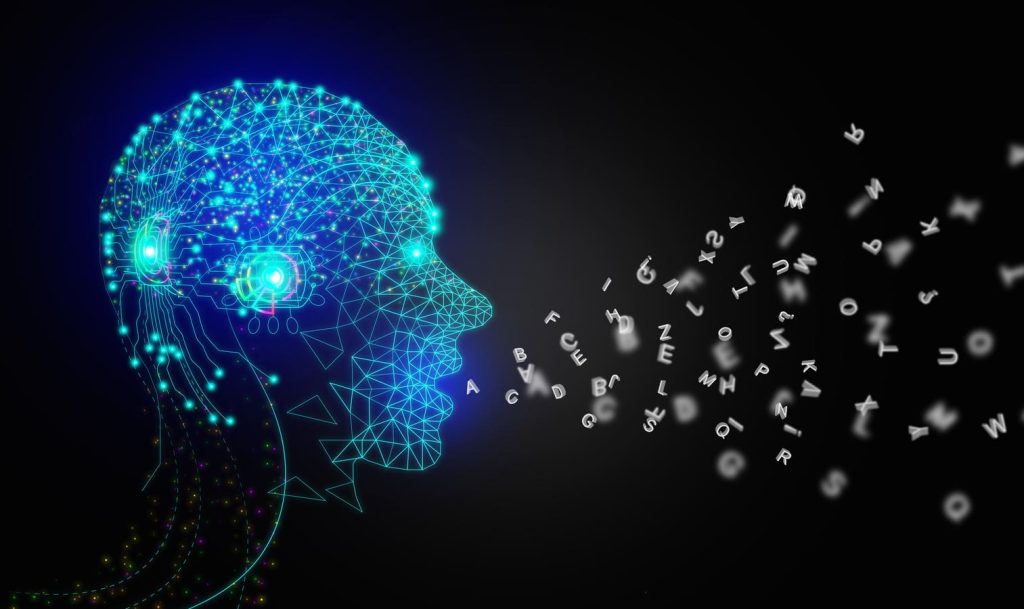Looking back at the history of artificial intelligence (AI) over the last 50 years, there have been noticeable boom and bust cycles of growth and focus. The second ‘AI winter’ that occurred between 1987 and 1994 saw a decrease in interest and innovation in AI technology. This decline was attributed to the lack of investment in AI projects, as people stopped funding due to fears of insufficient returns. John McCarthy, an early AI proponent, criticized expert systems during this time for lacking common sense and knowledge about their limitations. The AI winter served as a cautionary tale about the cyclical nature of technological advancement and disappointment in the realm of AI.
During the AI winter, smaller AI inventions like IBM’s backgammon player and Rollo Carpenter’s Jabberwocky chatbot did not receive as much attention and success as previous groundbreaking AI technologies. Meanwhile, the rise of the Internet during that period diverted investments and focus away from AI. Tim Berners-Lee introduced hyperlinks and hypertext in 1989, and the first world wide web browser was created in 1990, captivating people with the communicative power of the Internet. The dot.com bubble that followed and the emergence of big data technologies further diminished the attention on AI during that time.
The big data era after the turn of the millennium revolutionized AI technology by introducing neural networks as the foundation for new AI systems. Prior to the 21st century, algorithms and large data sets were used, but neural networks with weighted inputs, activation functions, and hidden layers transformed the AI landscape. ChatGPT and Dall-E are examples of how neural networks have been actively applied to various technologies in recent years. The second AI winter highlighted the need for more sophisticated technologies that could train on data and develop intelligent computer systems, marking a shift towards neural networks as the future of AI.
The lack of public awareness and understanding of neural networks posed a challenge during the second AI winter, as many people were unfamiliar with the technology and its capabilities. Educating the public about the potential of neural networks and their applications became crucial in overcoming the barriers to AI advancement. The technological advancements in neural networks and their ability to analyze and learn from data have propelled AI to new heights. The lessons learned from the second AI winter have guided the development of more sophisticated AI systems, leading to breakthroughs in AI technology and applications.
As AI continues to evolve and grow, the lessons from past AI winters serve as reminders of the need for sustained investment and innovation in AI technology. The upcoming AI conference planned for late April will showcase the latest developments in AI and highlight the progress made in overcoming the challenges faced during the AI winters. The resurgence of AI in recent years has been fueled by advancements in neural networks and the increasing awareness of the transformative potential of AI in various industries. With a renewed focus on AI research and development, the future of artificial intelligence looks promising, building on the lessons learned from the past.


